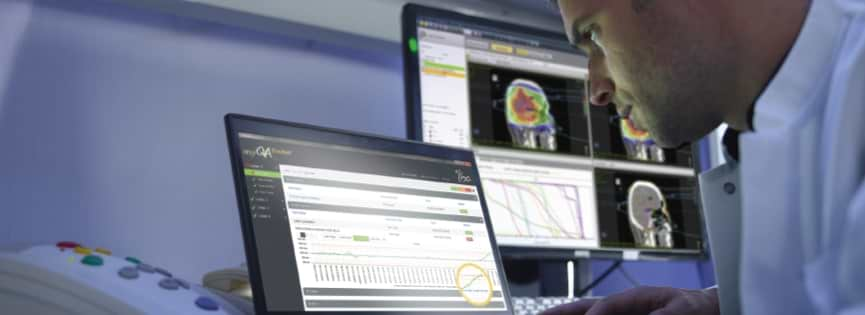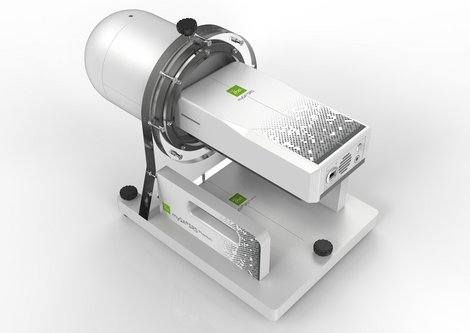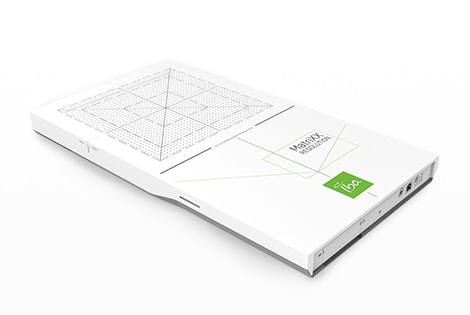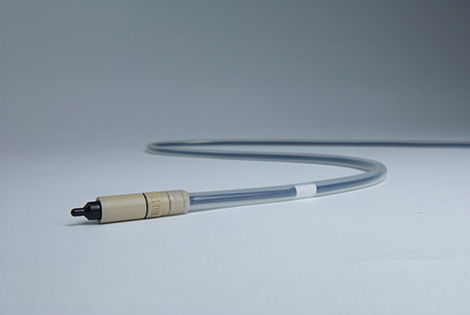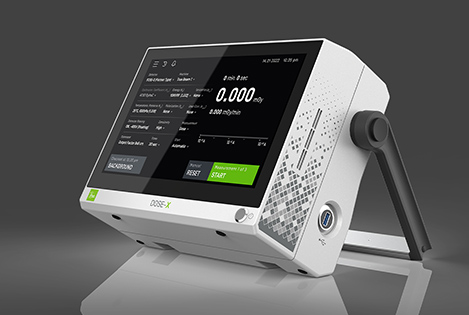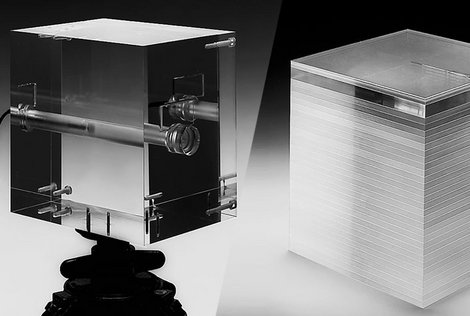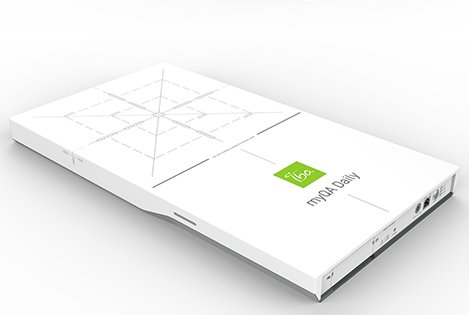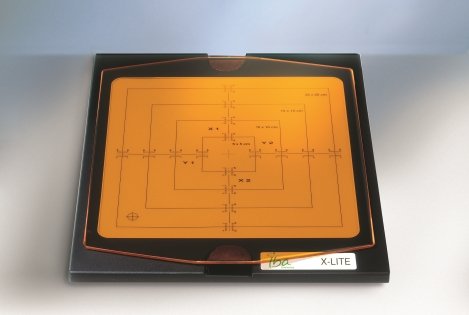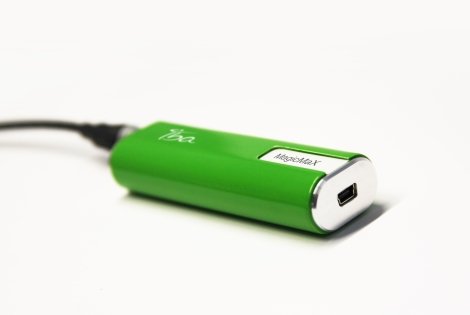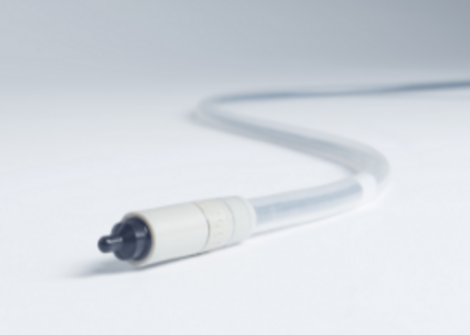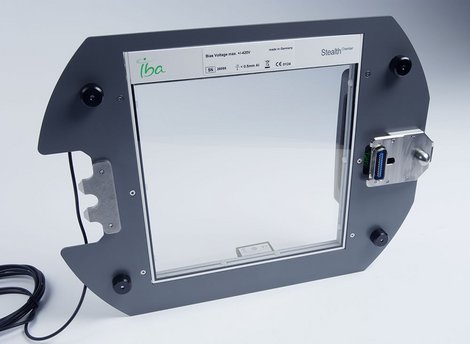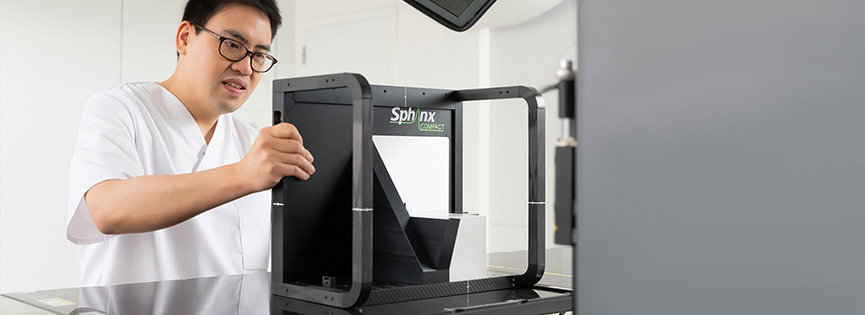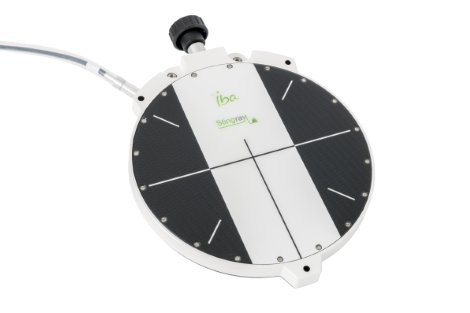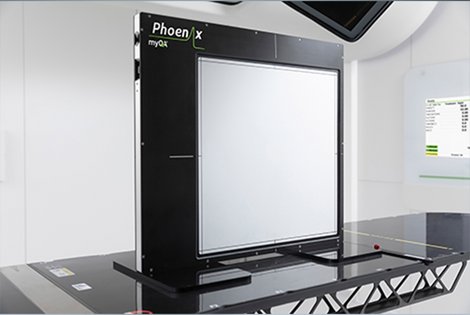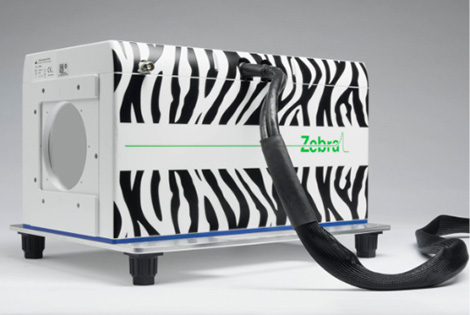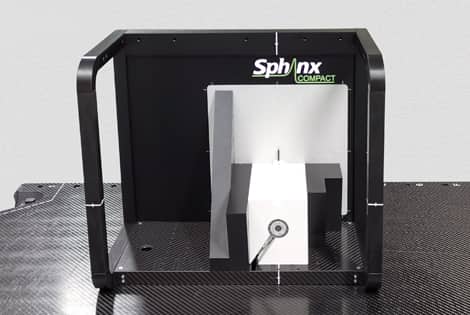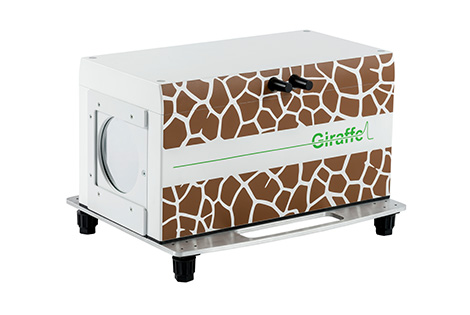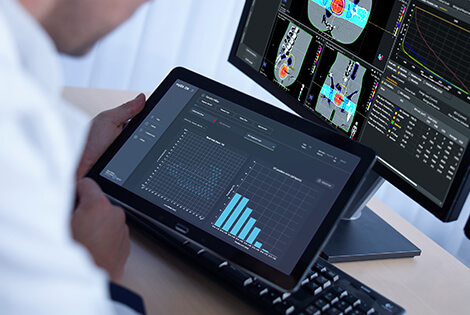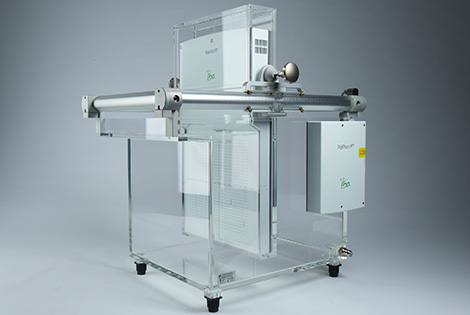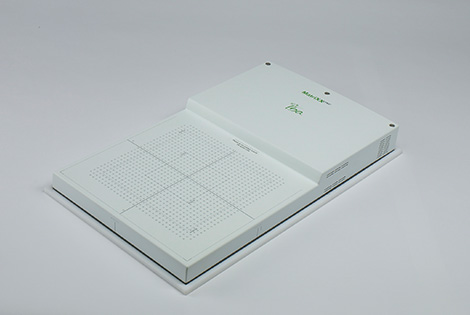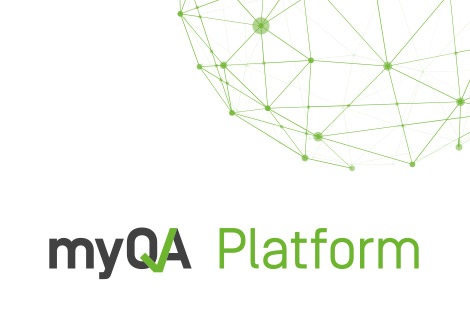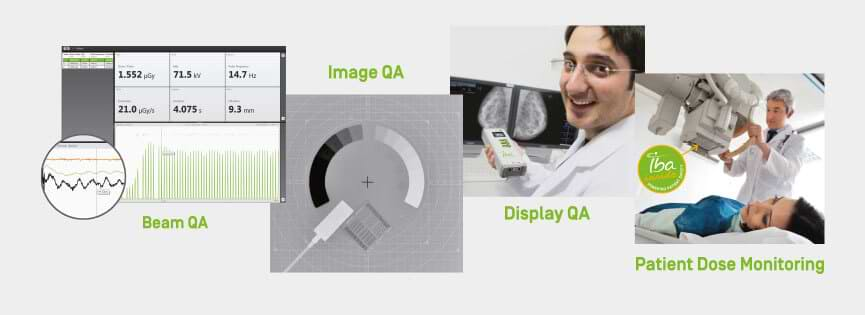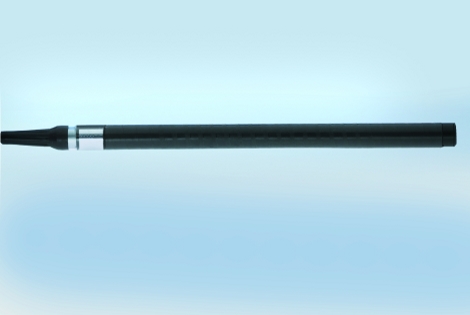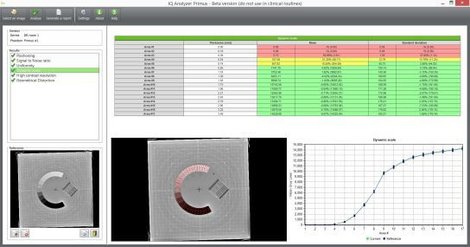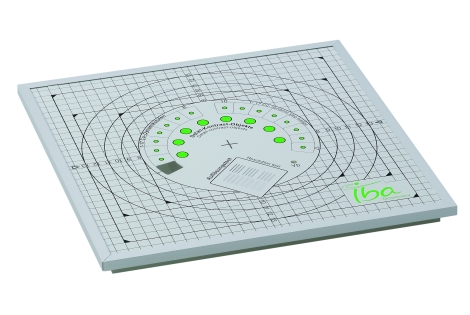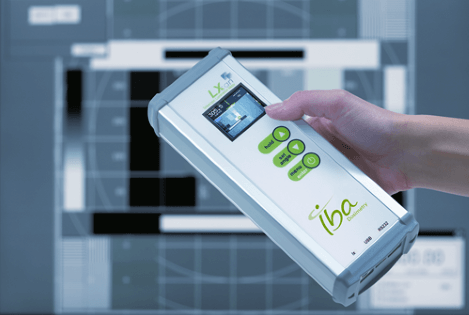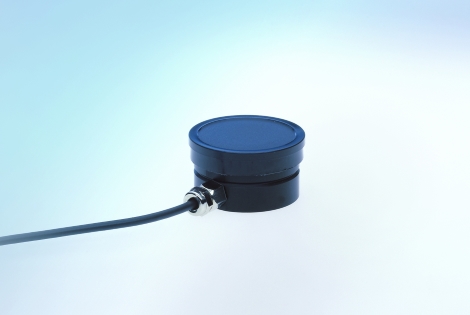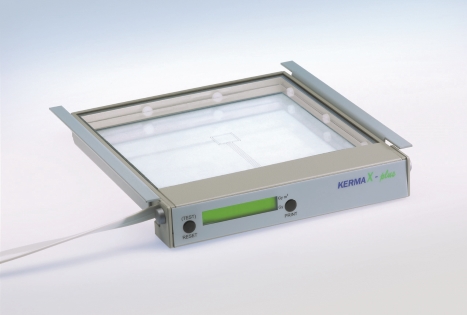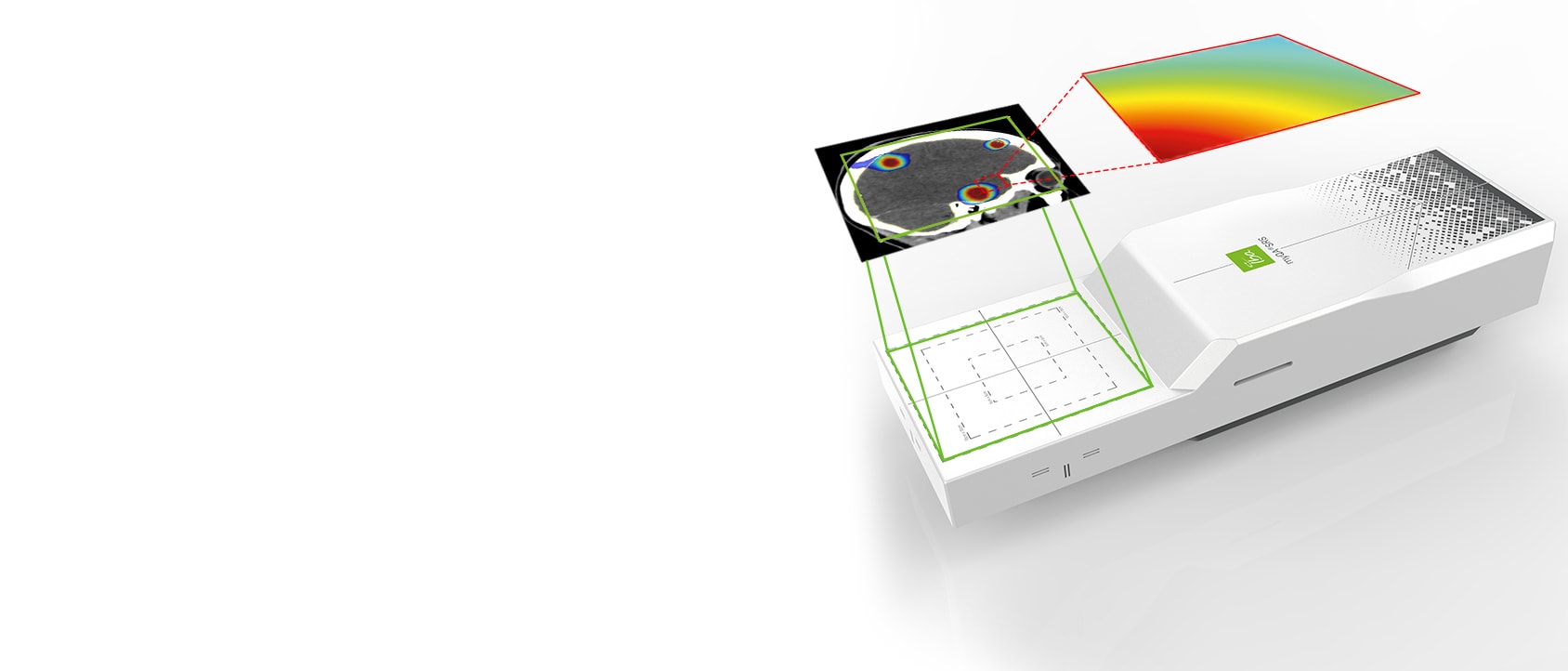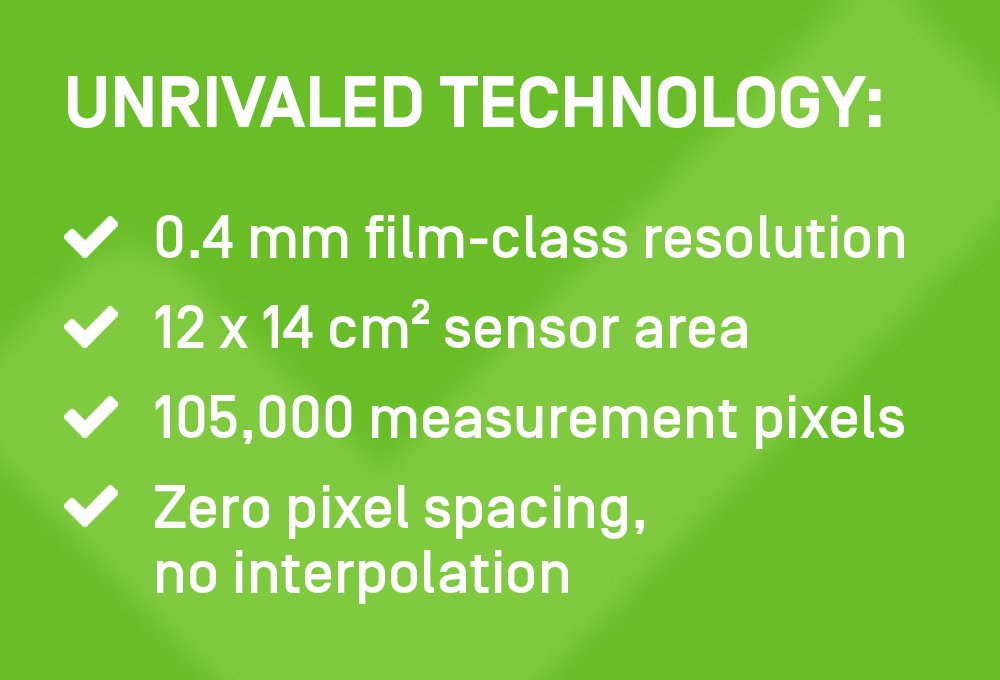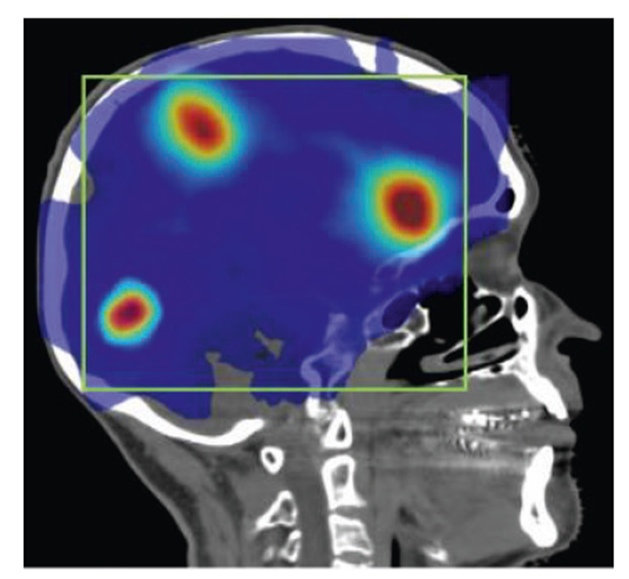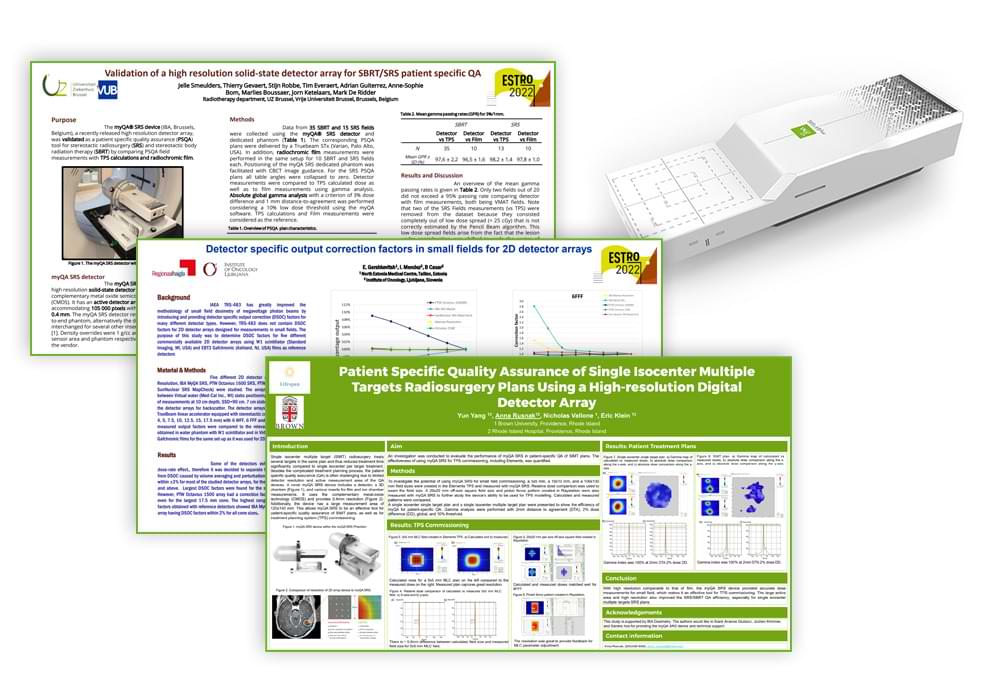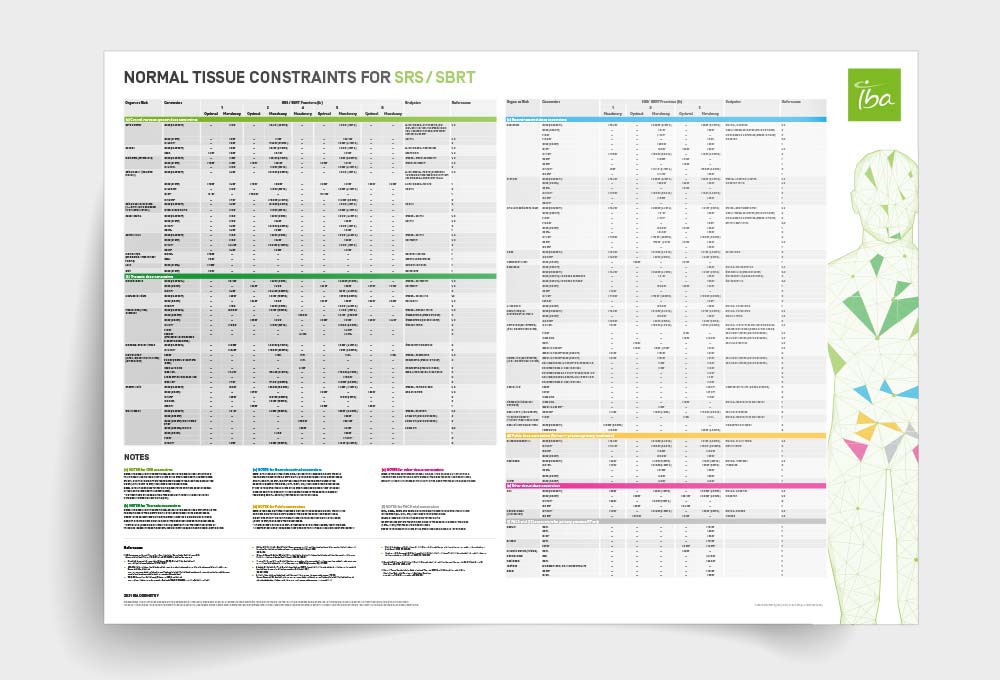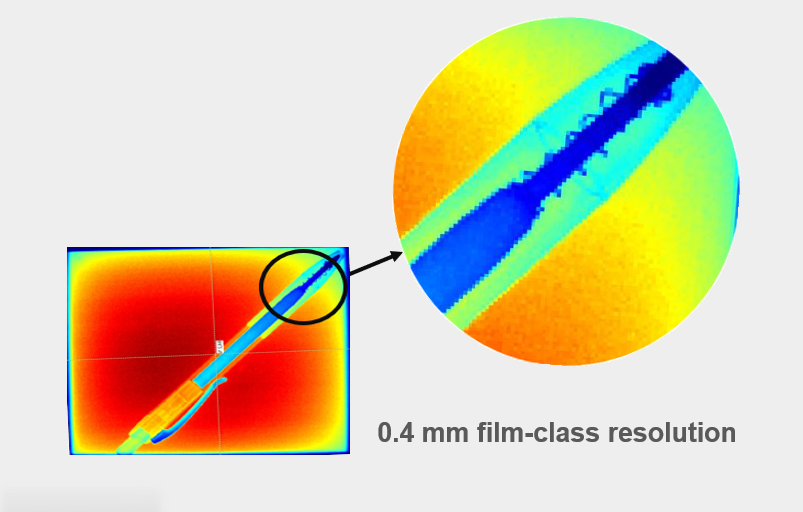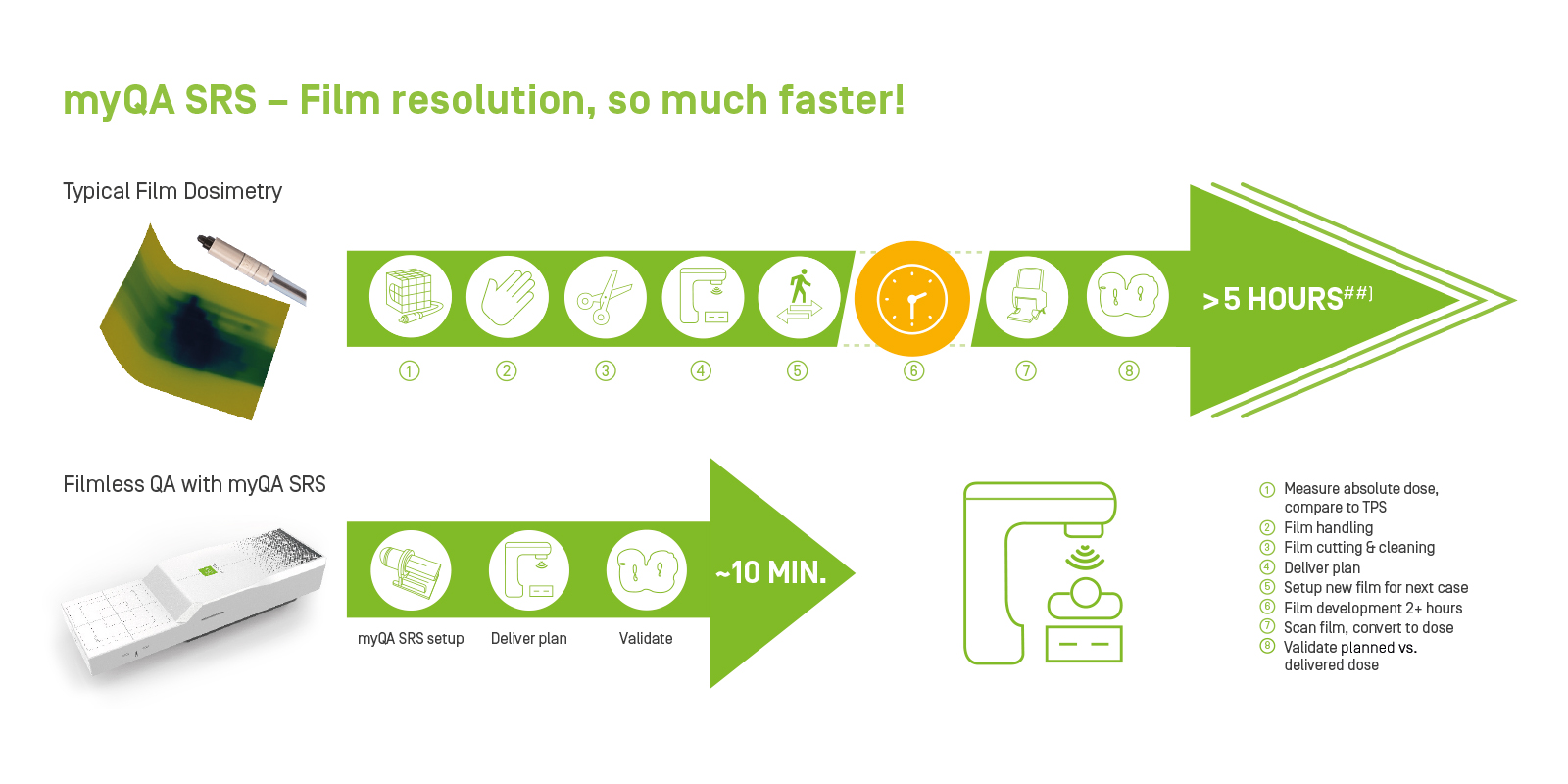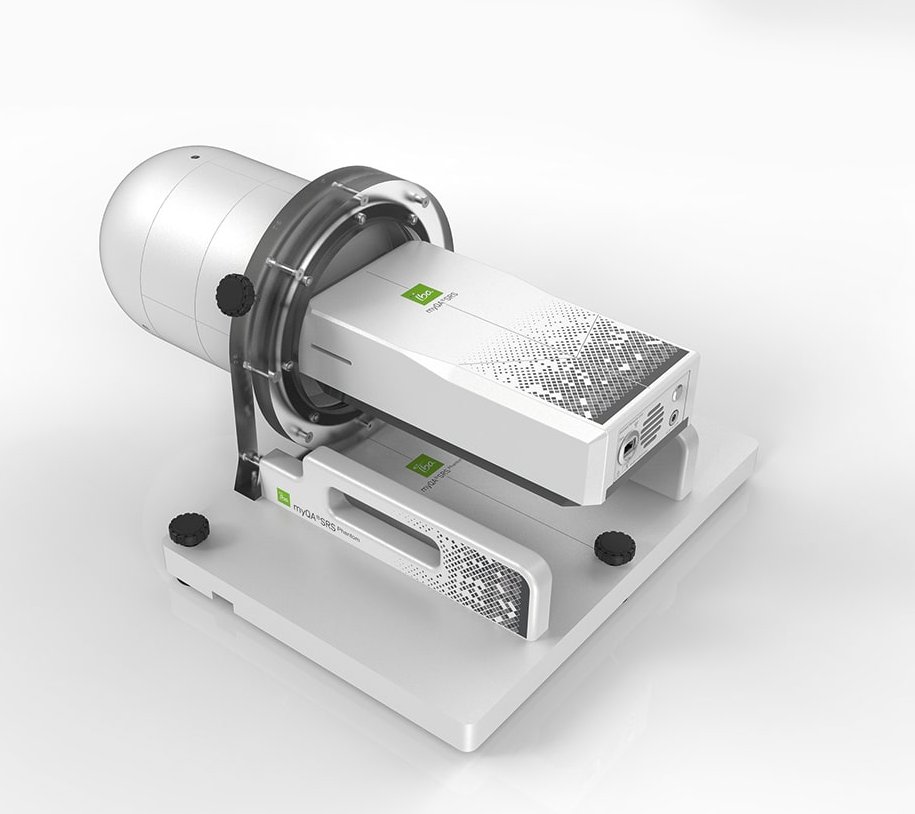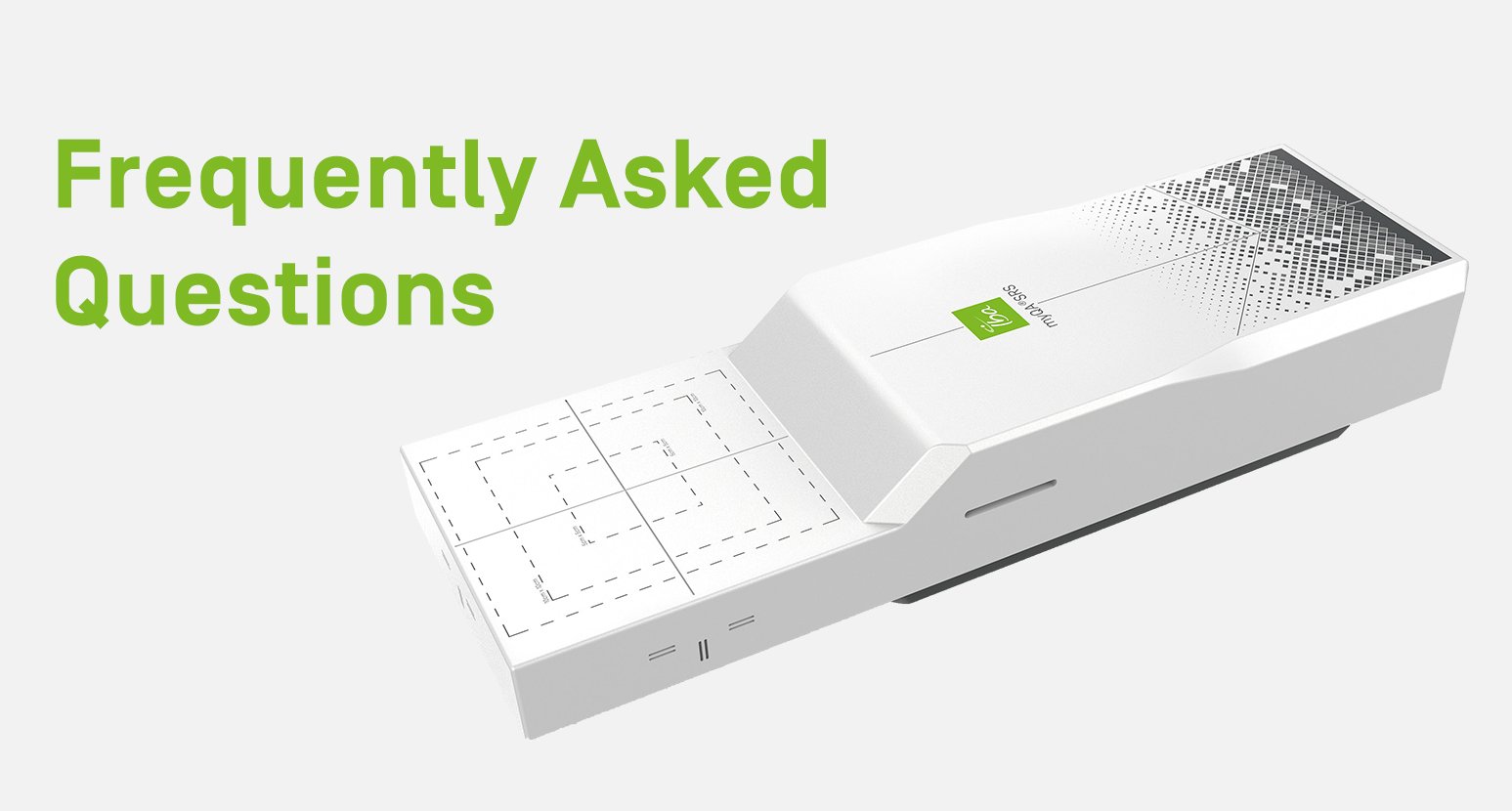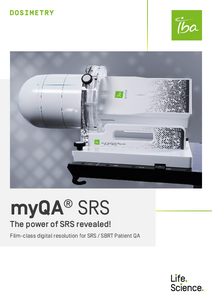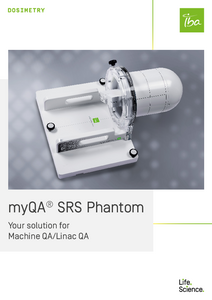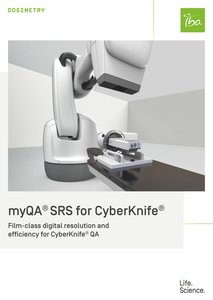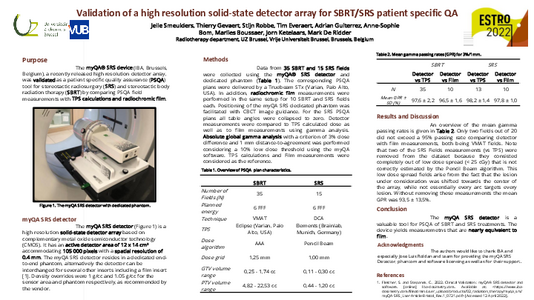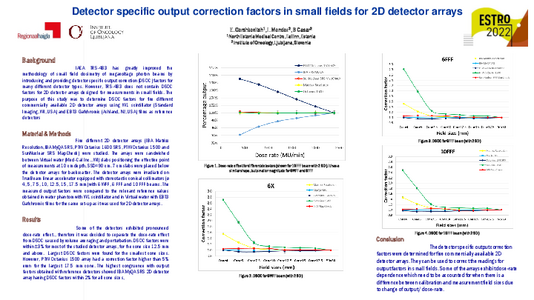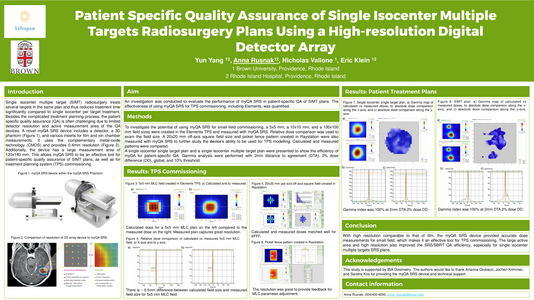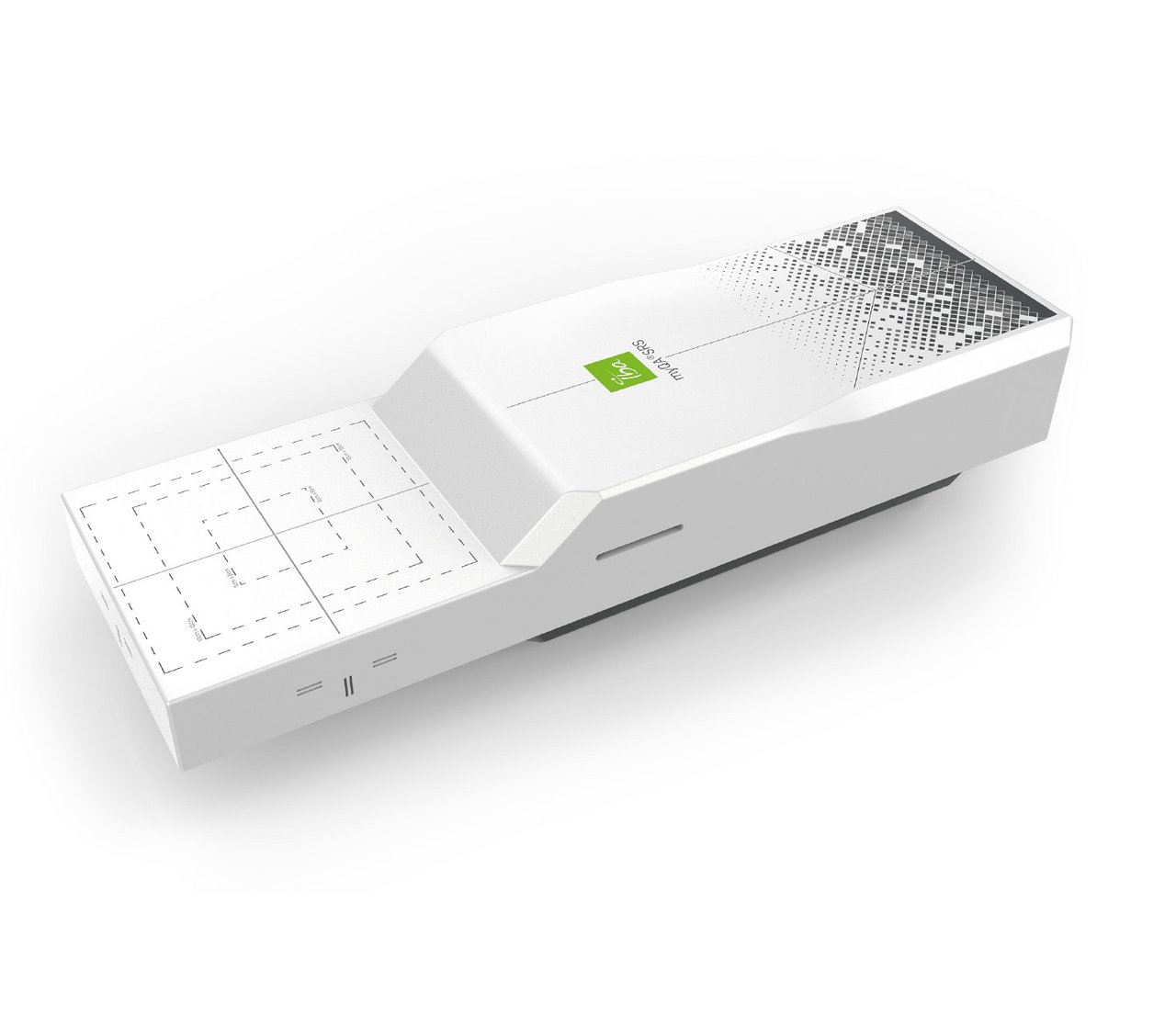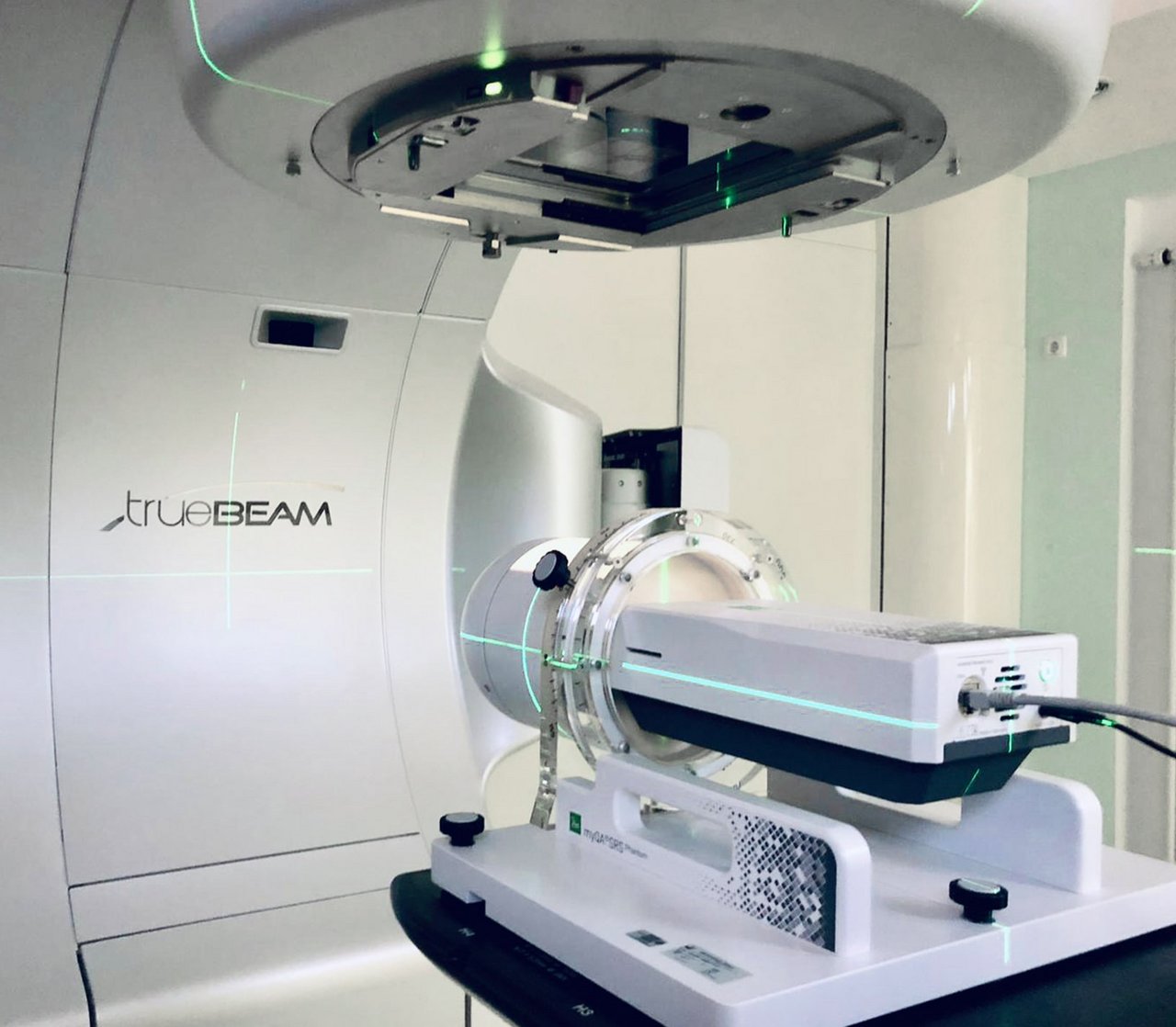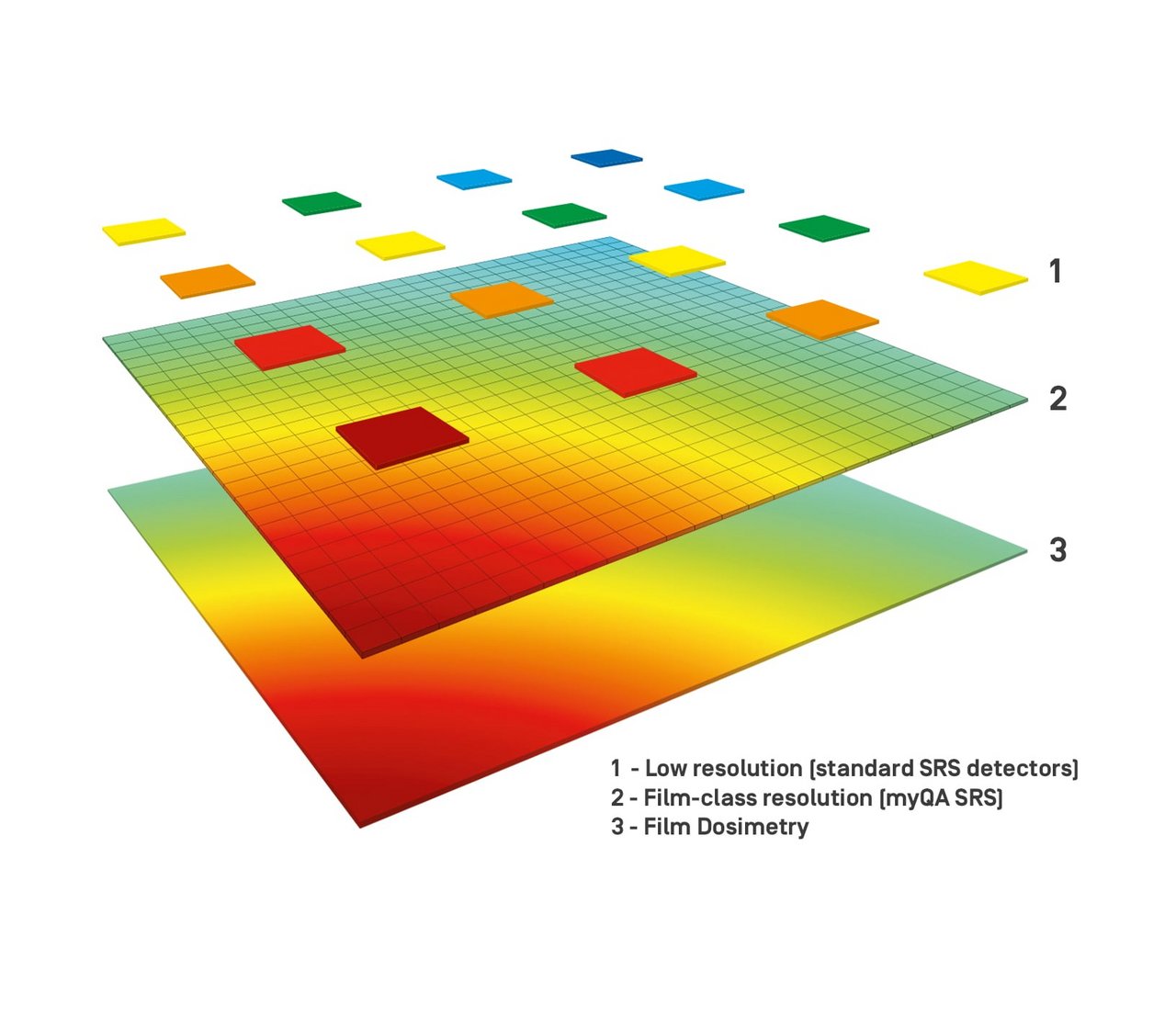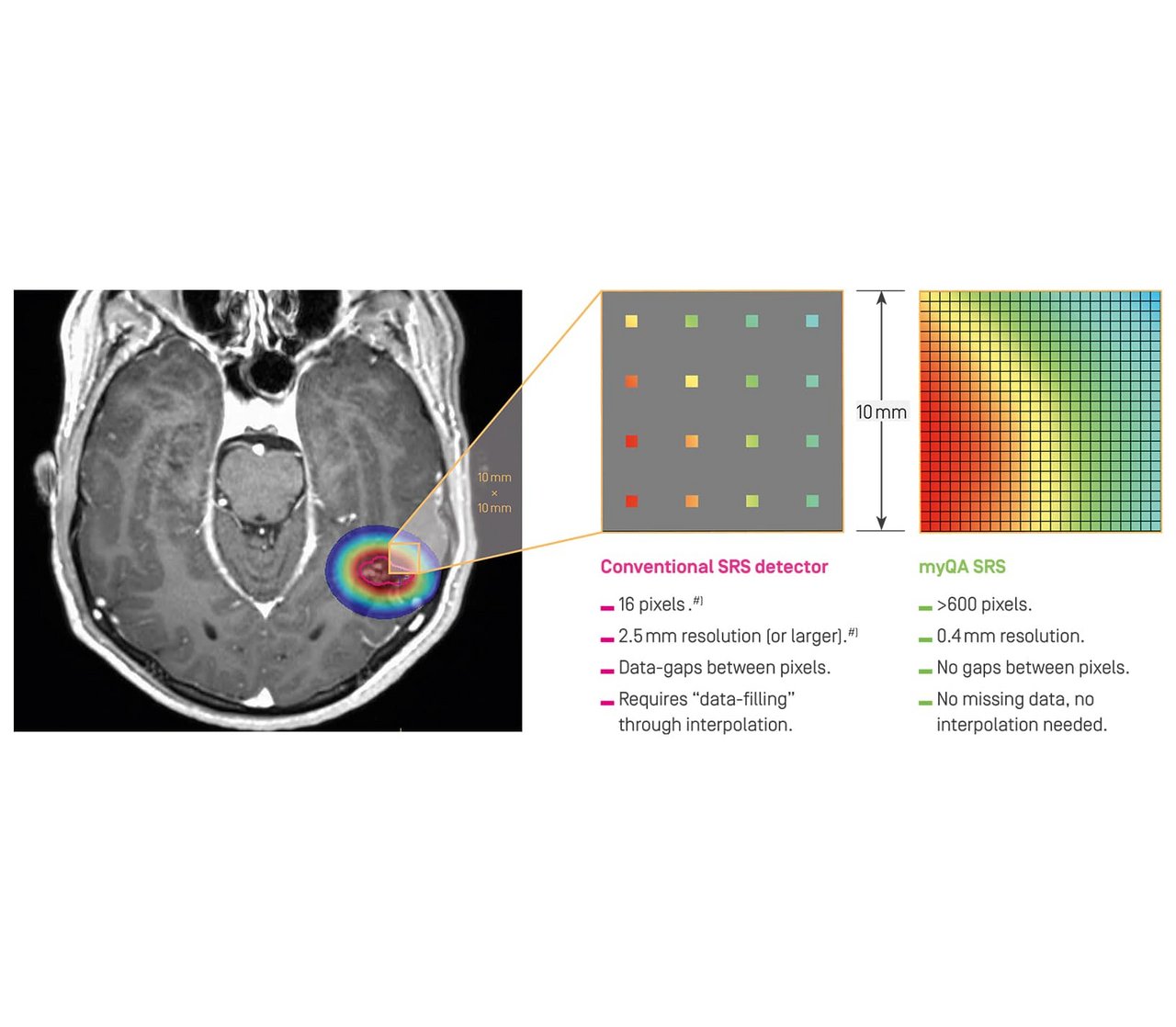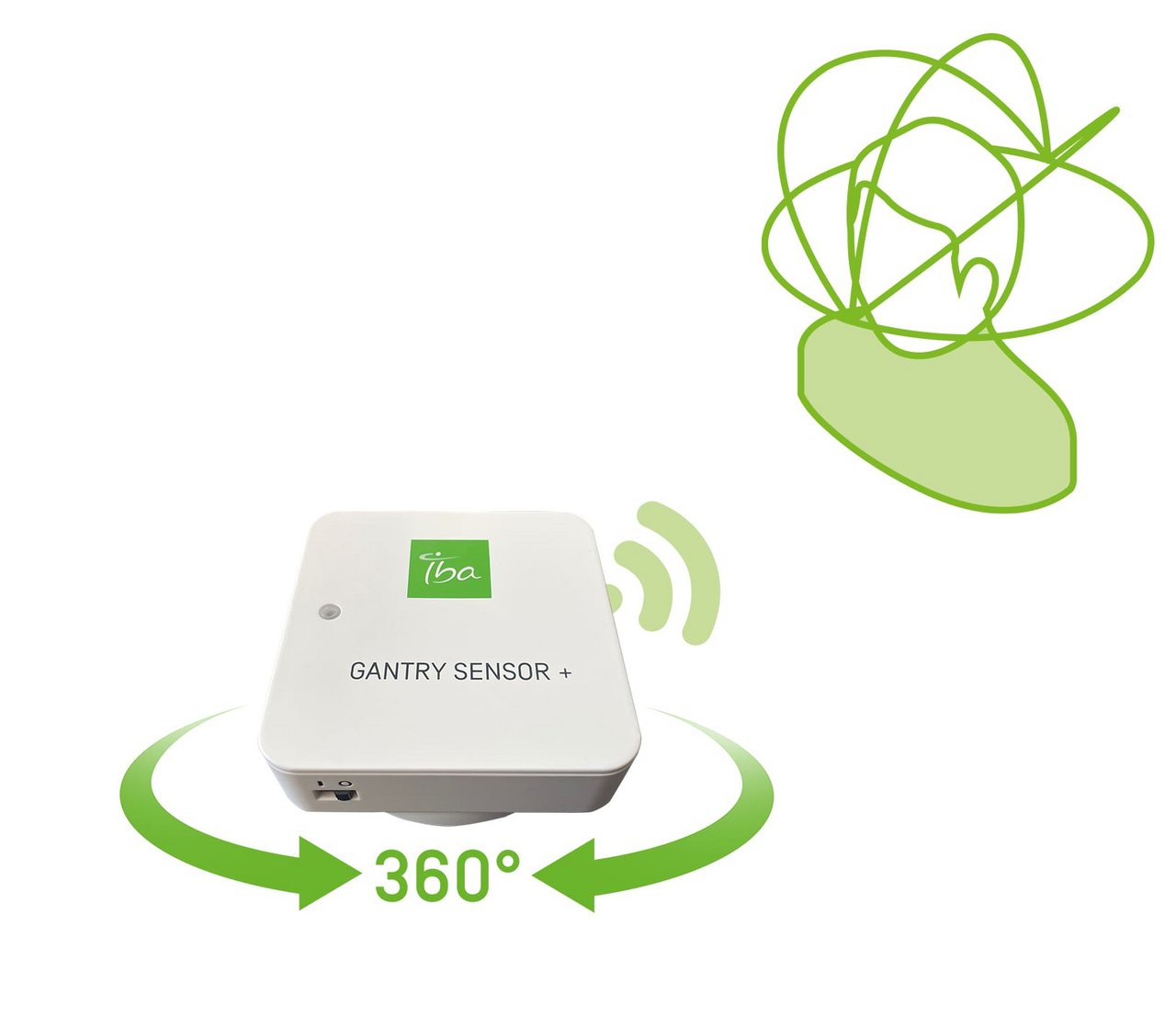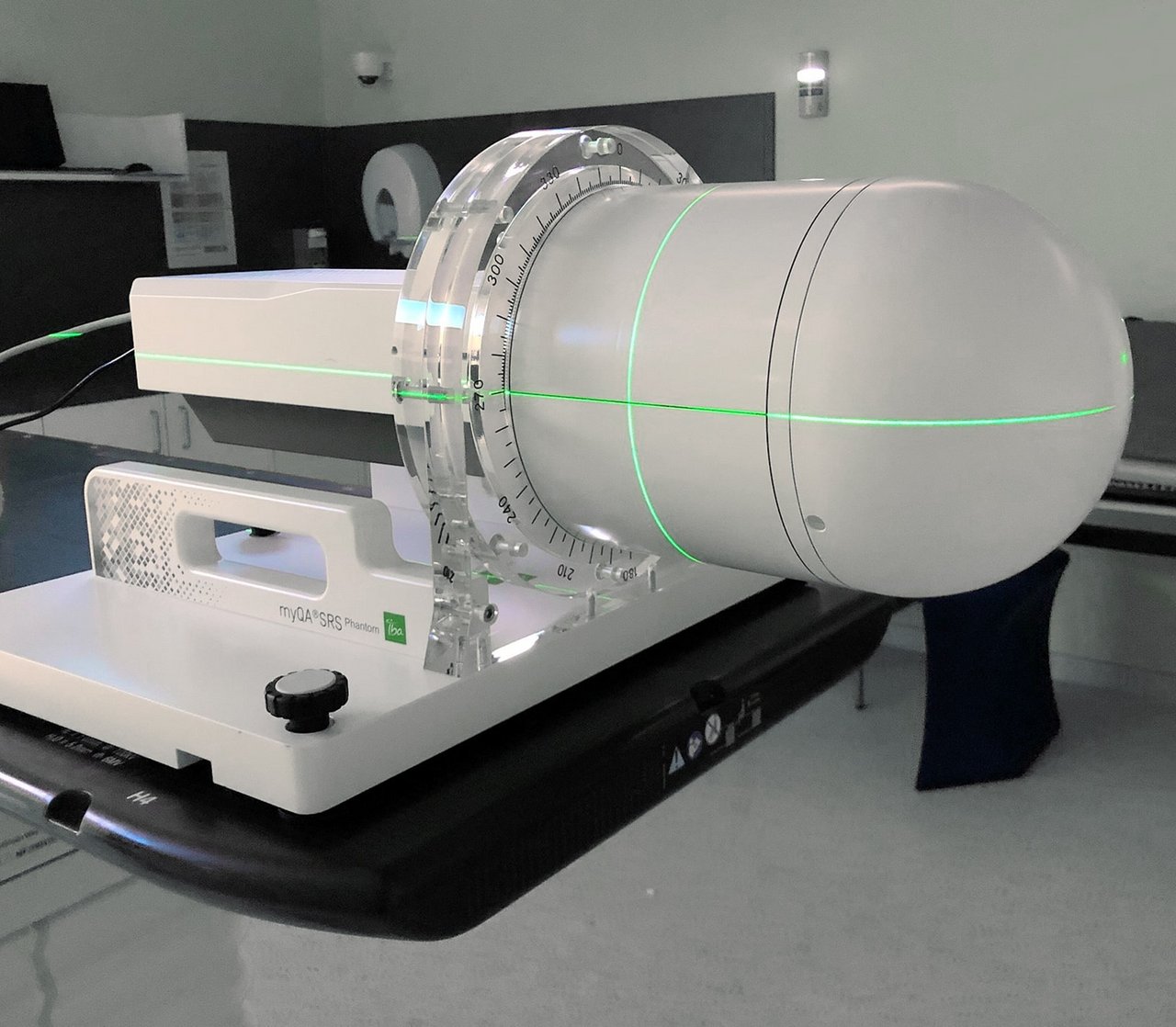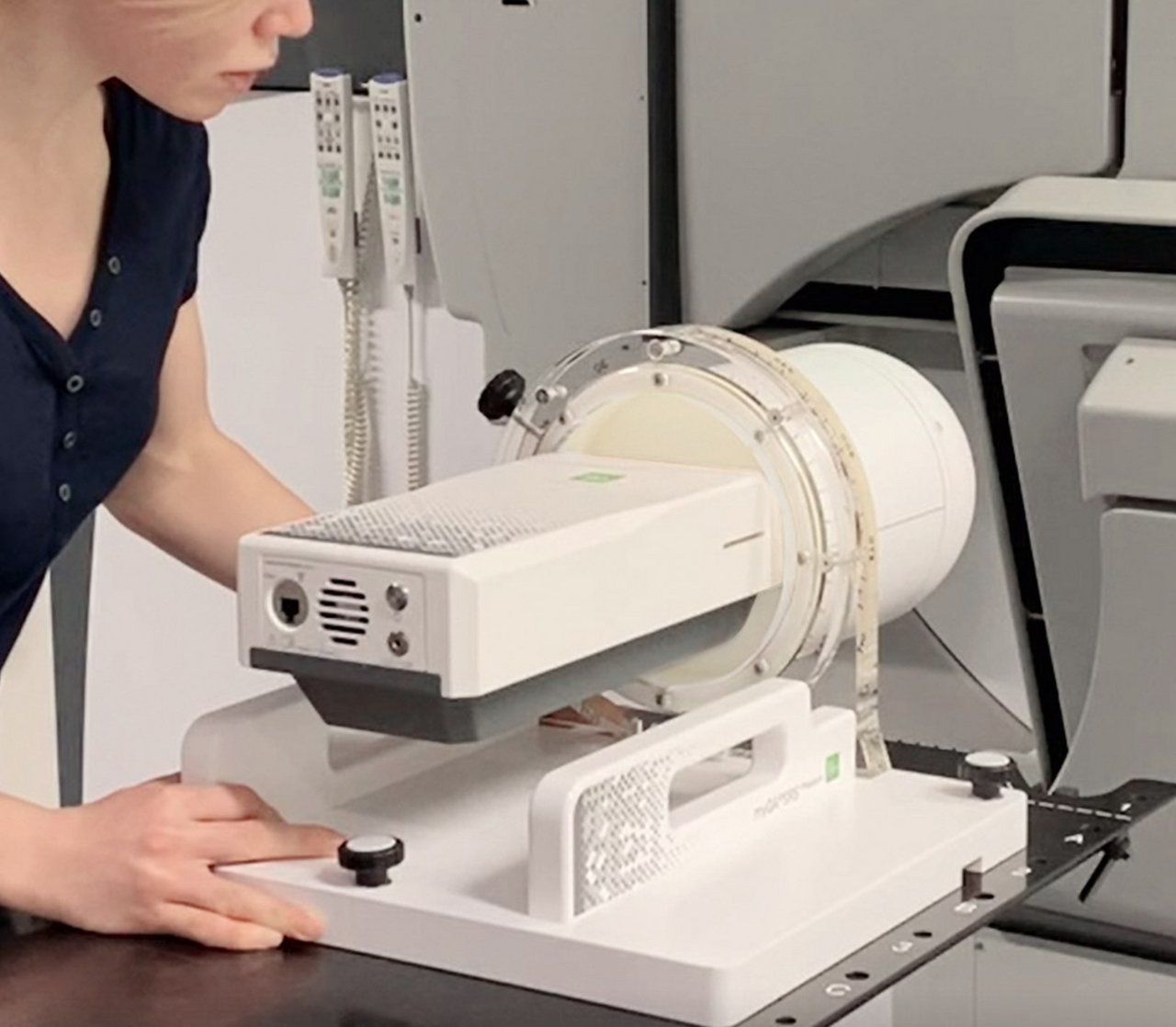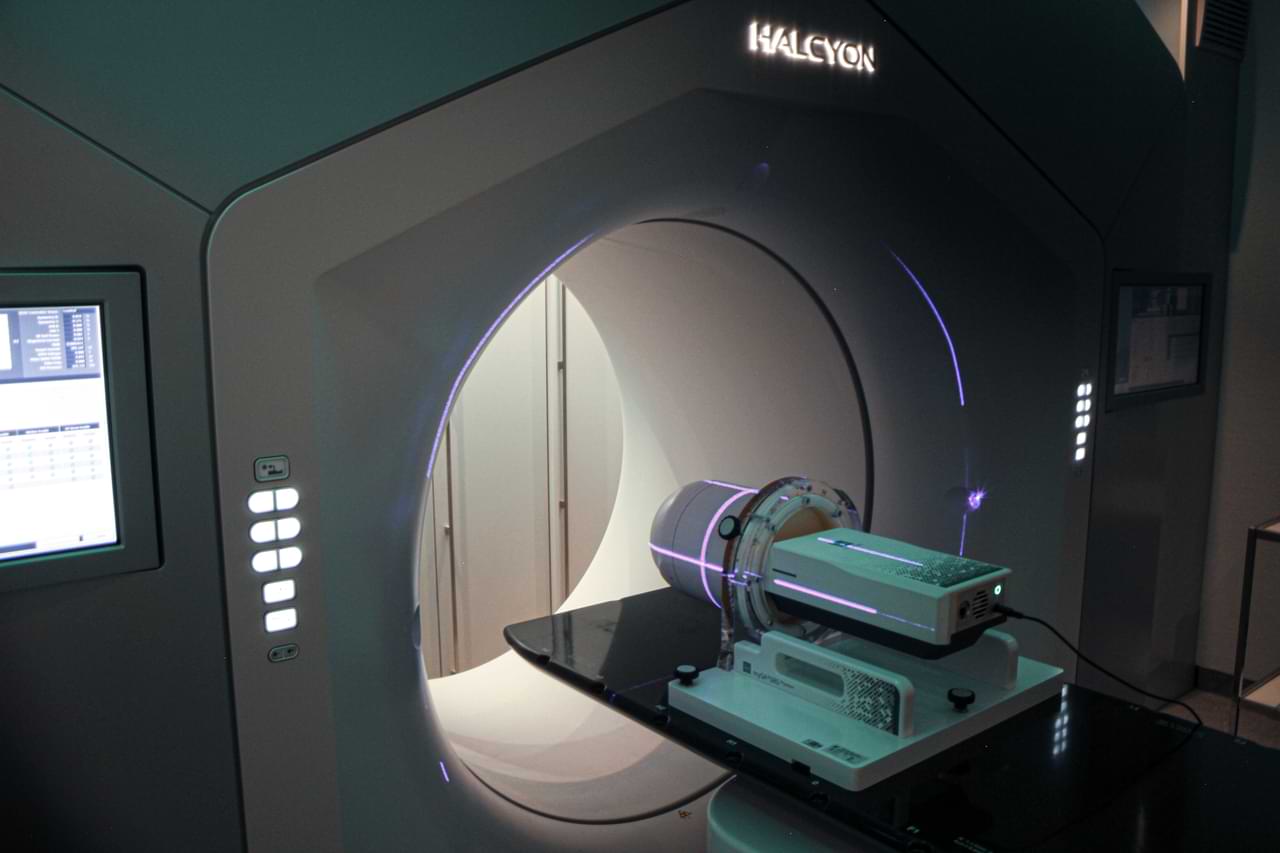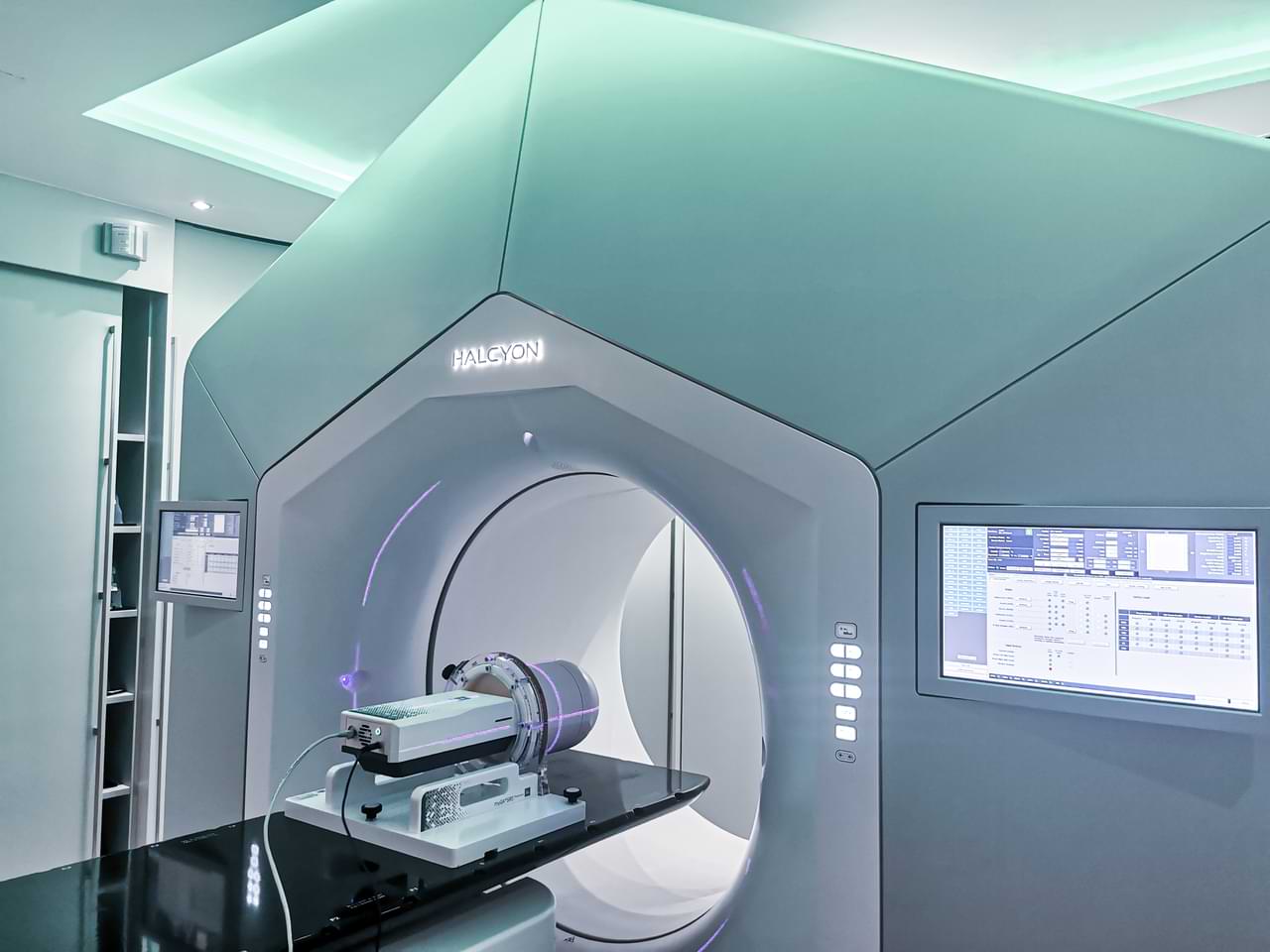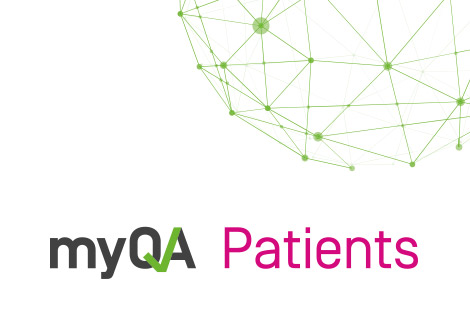The Digital SRS/SBRT Patient QA Solution
Fully utilize the capabilities of your stereotactic machine with the tool that enables more precise QA delivered in less time. The new myQA SRS solution uniquely combines:
- unrivaled accuracy and resolution of film QA,
- with the proven efficiency of digital detector array workflow.
Highlights:
- Fully compliant with TG 218
- QA in native plan geometry including couch kick/non-coplanar beams
- Now fully compatible with your Varian Halcyon® and Ethos™ treatment machines
- Plane Viewer Tool
- myQA SRS now also available for use with CyberKnife®
- End-to-end imaging and planning
Treat more SRS/SBRT patients safely with the confidence it’s done right.
Contact us for your individual solution!
myQA® SRS for CyberKnife®
Your SRS/ SBRT QA solution dedicated for CyberKnife®
myQA® SRS for CyberKnife® provides all tools CyberKnife® users need for accurate and fast patient specific pretreatment QA.
Plane Viewer Tool to support myQA SRS in-phantom rotation and shifts
Visualize 3D dose distribution and find the best myQA SRS setup to effectively evaluate multiple targets at once, and import arbitrary dose planes for myQA SRS.
It is now possible to efficiently measure and evaluate multiple targets at any rotational angle with myQA SRS.
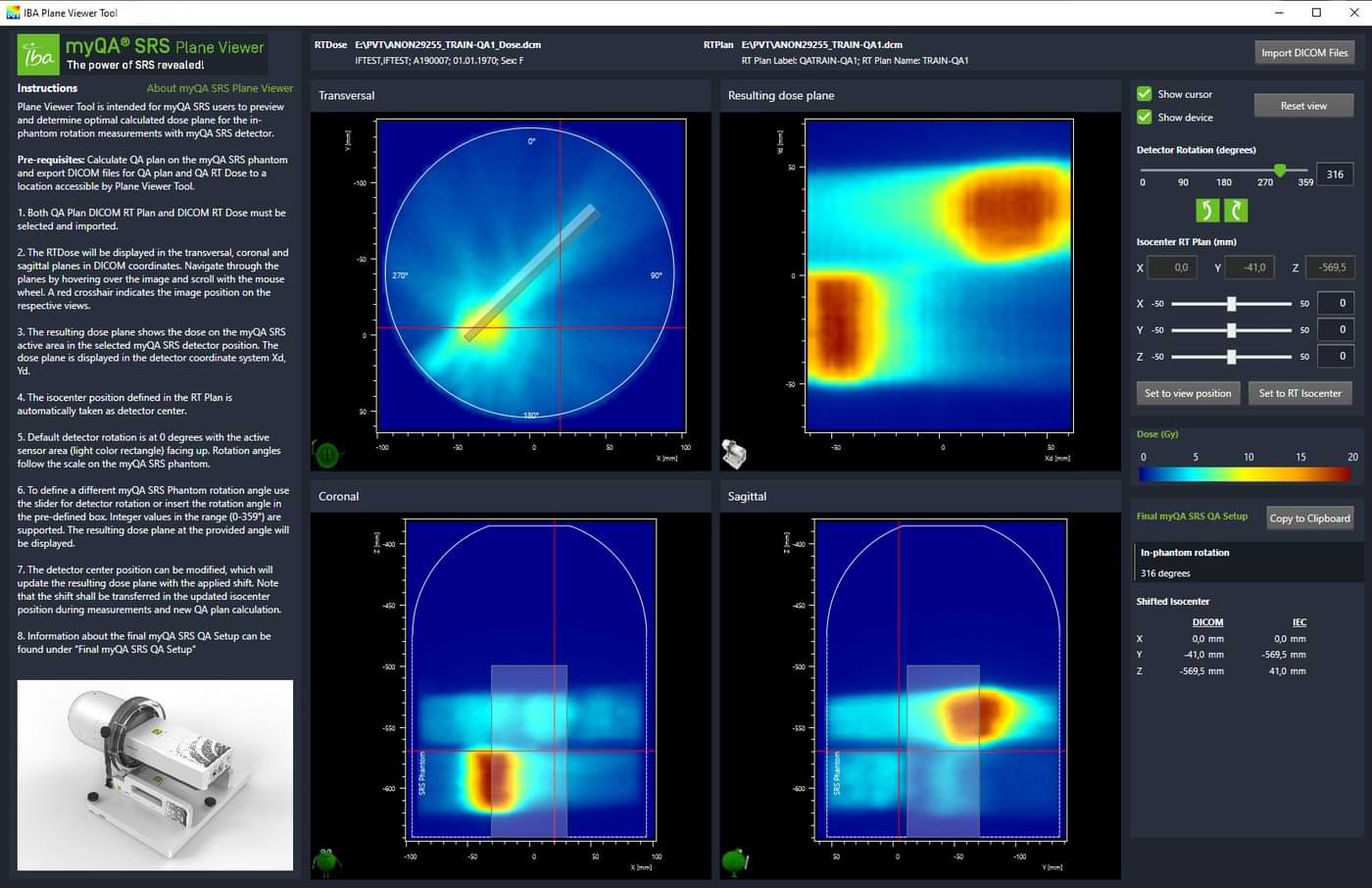
About myQA SRS plane viewer
Detailed instructions for the use of the Plane Viewer Tool, including necessary pre-requisites, so you don’t need to be an expert to use it.
The Power of SRS revealed
A 3D view of the TPS calculated dose in transverse, sagittal, coronal and resulting dose plane of the myQA SRS active area.
Support for rotations and shifts in-phantom with myQA SRS
Find the best set-up for myQA SRS to effectively visualise your 3D dose distributions and to evaluate multiple targets at once.
Correct setup for myQA SRS
It is now possible to efficiently measure and evaluate multiple targets at any set-up with myQA SRS
’Digital Film’ for highly precise Radiation Therapy - Accuracy, Speed, and Efficiency for best cutting-edge therapy results
Stereotactic Body Radiation Therapy (SBRT): A new challenge for the Medical Physics team.

Read about the time-saving benefit for your SRS/SBRT QA
Compare myQA SRS, a large area array without discrete detector spacing, vs. smaller arrays with low detector density.
Scientific Posters
- Read how myQA SRS maximizes accuracy and efficiency for your SIMT radiosurgery plans.
More information
- Read the analysis in the ESTRO 2022 poster by Eduard Gershkevitsh, North Estonia Medical Centre: myQA SRS was the only 2D array with DSOC factors within 2% for all cone sizes, the highest congruence with output factors obtained with reference detectors.
More information
- Jelle Smeulders from UZ Brussel presented his findings at ESTRO 2022 for myQA SRS validation and film comparison for SRS/SBRT patient-specific QA: myQA SRS is nearly equivalent to film measurements and maximizes accuracy for small fields.
More information
- Read the analysis in the AAPM 2022 poster by Anna Rusnak, Eric Klein, and Yun Yang, Brown University: The new Winston-Lutz insert integrates with the myQA SRS system and streamlines commissioning, end to end test, and patient specific QA for SRS.
More information
- Read the analysis in the ESTRO 2023 poster by Nina Cavalli, from Humanitas: myQA SRS is a valid tool to detect relevant clinical errors for SRS HA treatments.
More information
- Read the analysis in the ESTRO 2023 poster by Kim Holm, from Heidelberg University Hospital: With angular and SAD corrections applied, the myQA SRS array provided good results, exhibiting significantly better agreement with the treatment planning system (TPS) data compared to the IC array. The inclusion of fiducials makes it particularly suitable for verifying CiberKnife SRS plans.
More information

Experience with myQA SRS in the USA
“Patient-specific SRS and SBRT QA results look great using the myQA SRS even for very tight parameters of 2mm/2%. The digital detector QA workflow with myQA SRS is 106 times faster and easier compared to using film. The film-equivalent resolution for our QA measurements is the basis for better and more meaningful SRS patient plan verification with a high sensitivity and specificity to detect real dosimetric issues.”
Yun Yang PhD, DABR
Department of Radiation Oncology
Rhode Island Hospital, USA

Experience with myQA SRS in the UK
“The high resolution of myQA SRS detector gives us high confidence in our stereotactic treatments, including SBRT spine, prostates and liver. We have achieved excellent Gamma Analysis QA results at 2 % and 2mm. The detector matched the performance of our ionisation chambers and compared excellently to film. The detector, phantom and software package is easy to use and integrates seamlessly into our myQA Platform. Obtaining instant high-resolution results without the need for lengthy film measurements is a big advantage.”
Sally Fletcher, Head of Radiotherapy Physics
Bristol Haematology and Oncology Centre
University Hospitals Bristol and Weston NHS Foundation, UK
Read the myQA SRS user validation article
Clinical validation and application in SRS/SBRT Patient QA
For further insights about dose constraints, download our free poster.
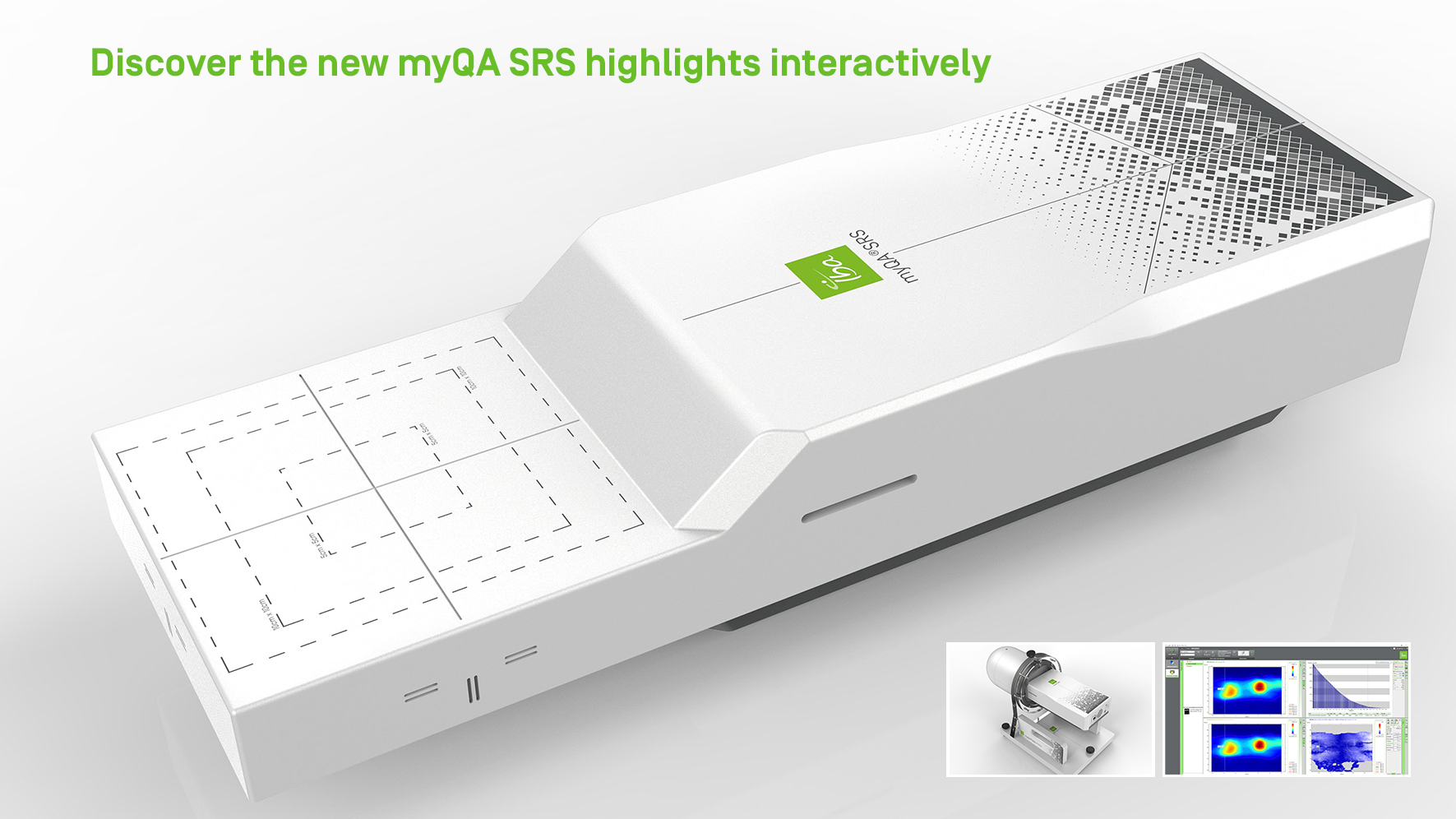
Film Class detector array optimal for SRS/SBRT
- Unique solid-state sensor array.
- 105,000 pixels total.
- 0.4 mm resolution.
- Zero pixel spacing, no missing data
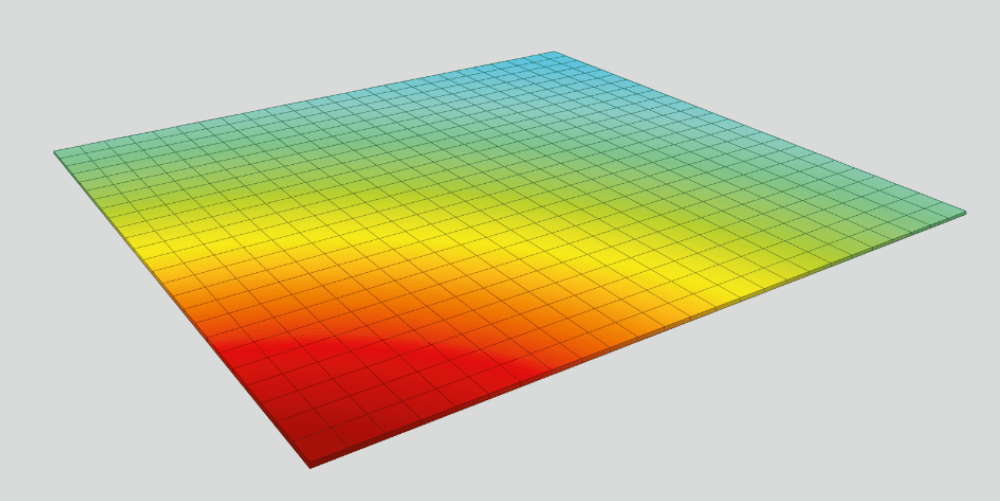
Light field check
- Field size markers 5x5 and 10x10 cm².
- Easy verification of the light field’s conformity with the radiation field.
Laser setup marker
- Precise and fast setup through laser alignment.
Designed for non-coplanar fields
- Compact design enables QA of flexible SRS beam rotation angles.

Gantry Sensor+
- QA accuracy for rotational cases.
- Accurate measurements of your Linac rotation angles corresponding to your detector measurement.
- Automated gantry angle correction.
- Easy setup without cables with wireless data exchange.
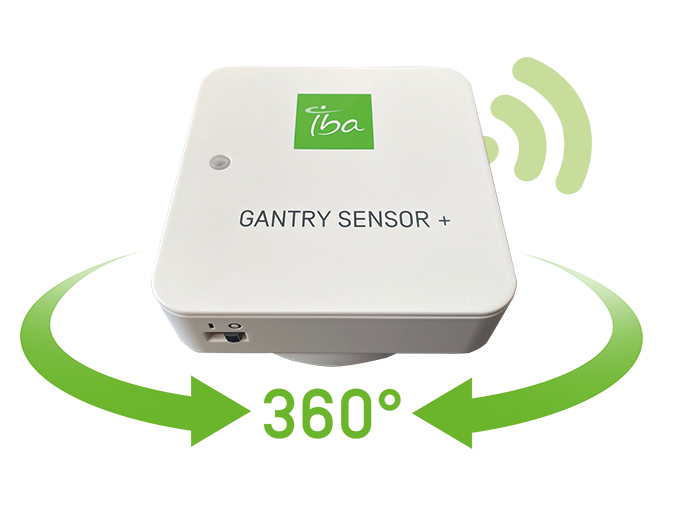
Largest high-resolution stereotactic detector field
- 12 x 14 cm² active array.
- Efficient QA of multiple stereotactic targets in one measurement setup.
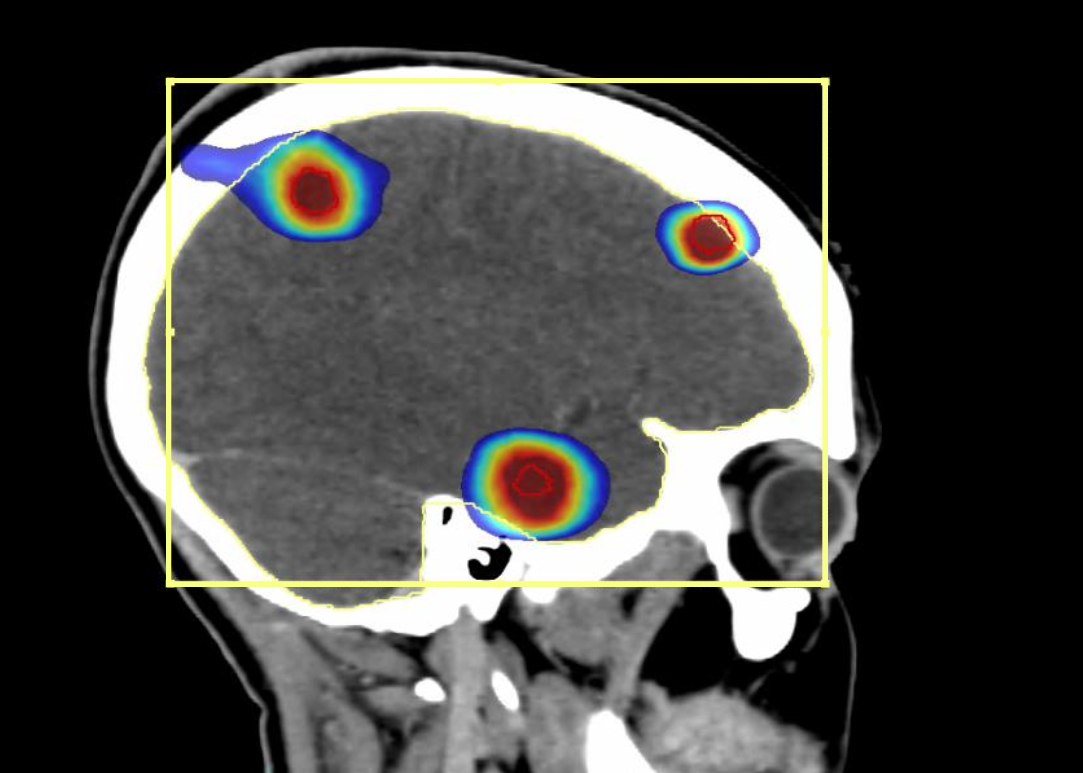
The myQA SRS Phantom
- For verification of single beams and for composite SRS plans using the myQA SRS detector.
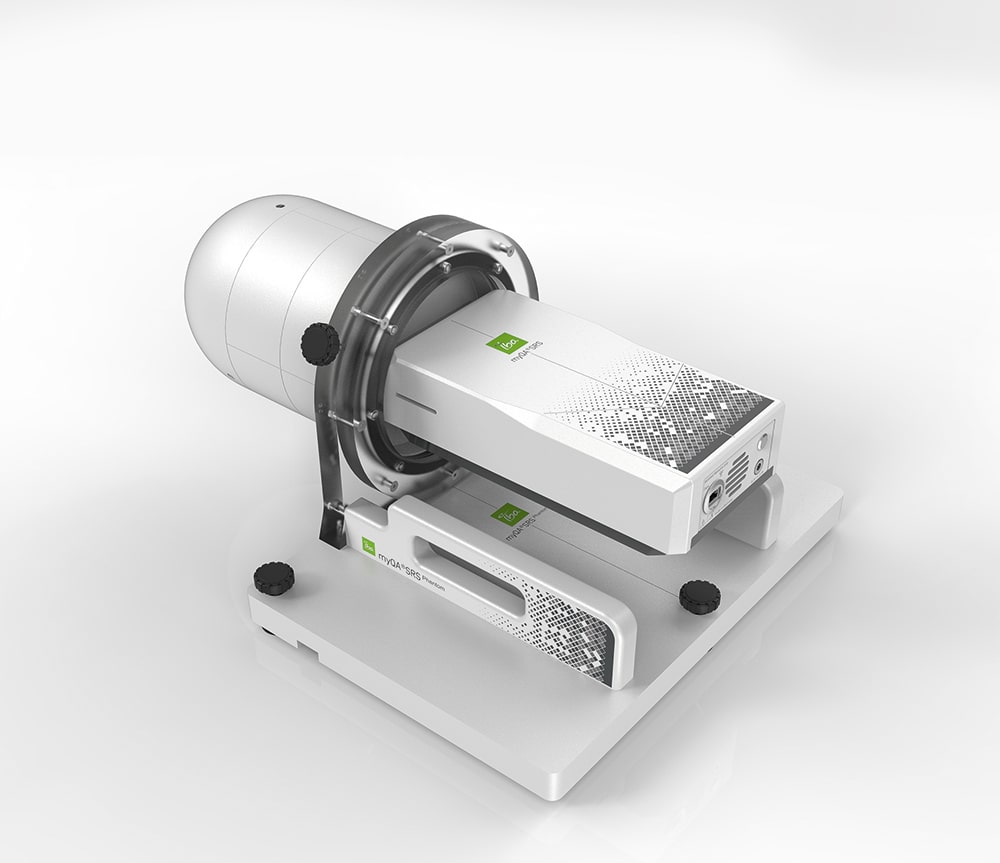
myQA Patients Software - Workflow efficiency for SRS measurements and analysis
- Smart software reduces typical SRS validation times:
- Automatic alignment of the dose distributions.
- Field by field measurements for precise SRS technique verification.
- Automated beam-triggered measurement mode: save multiple mouse clicks and get QA results within seconds.
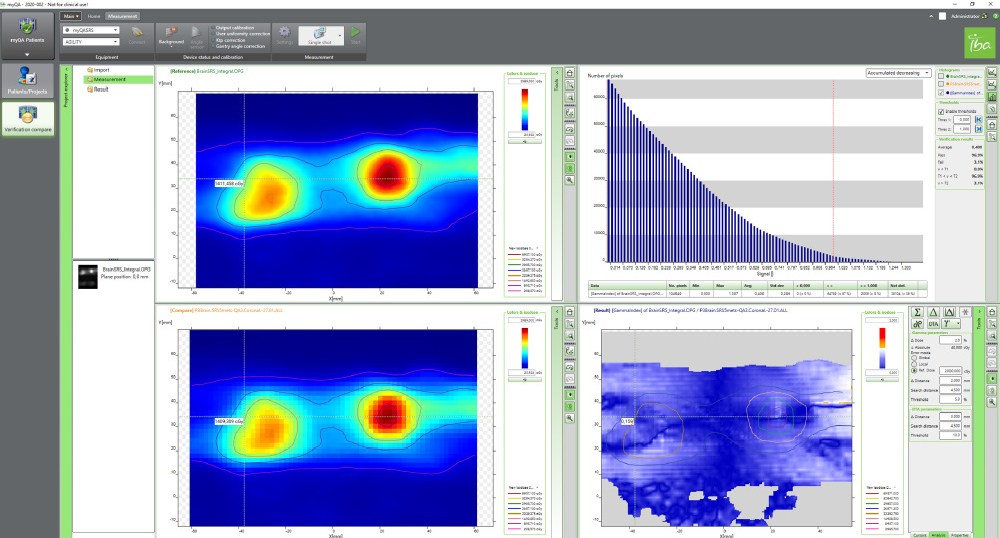
When Accuracy matters, Resolution matters!
myQA SRS provides the clinical resolution needed for the most advanced QA:
- Measurement-based Patient QA is strongly encouraged e.g. by AAPM-RSS Medical Physics Practice Guideline 9.a. for SRS/SBRT.
- However, publications have shown that “detector resolution is of main importance to avoid getting false positive [QA results].” A. Bruschi et al.: Detector resolution affects the clinical significance of SBRT QA. Find link to Publication here.
- Other commercially available detector arrays for SRS/SBRT do not provide sufficient measurement resolution.
- myQA SRS is the new and unique solution providing film-class resolution clinically needed to avoid false QA results.
- Automated gantry angle correction with the wireless Gantry Sensor+.
Save hours of QA time vs. typical film dosimetry.
The complete SRS / SBRT QA Solution
The myQA SRS Phantom
- For verification of single beams and for composite SRS plans using the myQA SRS detector.
- Cylindrical shape with cap for non-coplanar arc delivery.
- Easy setup on the couch through lightweight design and laser alignment markers.
- Including dedicated inserts for small field dosimetry chambers.
- Optional film insert for benchmarking and for your seamless transition from film-based QA to myQA SRS QA.
Questions about myQA SRS?
If you are curious about details and facts, we are happy to provide them.
Highlights:
- Fully compliant with TG 218
- QA in native plan geometry including couch kick/non-coplanar beams
- Angular dependence accurately accounted for
You can find more here:
Related Products

Stereotactic clinical experience with myQA SRS

